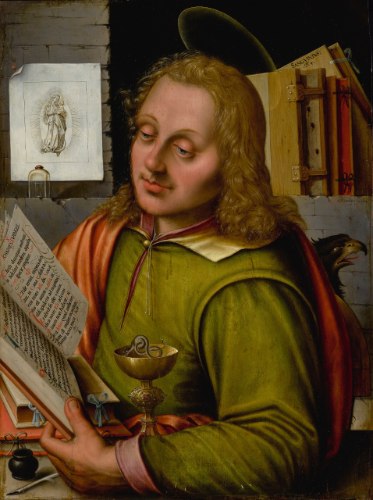
I’m still basking in the glow of William Noel’s wonderfully engaging 2019 Sandars Lectures in Bibliography, on the theme of ‘The Medieval Manuscript and its Digital Image’. Arguing that images of medieval manuscripts are in their way as artificial as the ‘photograph’ of the Sombrero Galaxy taken by the Hubble Space Probe, Noel emphasized the value for repositories of treating their images as open-source data, thickly documented in the metadata so that they can be used and abused by the networked community in innumerable ways. While scholars need to know when, where and by whom an image was produced, as part of their ongoing investigation into a manuscript, the maker of tea-towels just needs an appealing image, and in Noel’s view both should be able to get their pictures without punitive fees. (In the questions after the second lecture, he said that academics need to complain more about the costs of reproducing images, and suggested that if more of them did so, the costs would soon come down or evaporate).
Noel’s concluding lecture was a survey of the ways in which digital tools can be used to understand the physical structure of books, with a shout-out to ‘VisColl’, which allows you to take manuscripts apart and see how they would have looked to their producers. Much of the lecture was taken up with a whistlestop tour through the different sizes of paper that were used in the production of late medieval manuscripts (imperial, royal, median, chancery and their variants), with an introduction to a gizmo called the ‘Needham calculator’ that Noel has invented to turn page measurements into a statement of book format and paper-size (taken together, these constitute what he calls the ‘flavour’ of the manuscript). Noel concluded with the hypothesis that the metal engravings of the period were specifically designed to fit onto particular sizes of paper, but that a tradition also developed in which (like the one shown in Georg Gärtner’s 1618 painting of St John the Evangelist) prints came with lavish margins, which tend not to survive today. All in all it was a fascinating recovery of the rules of a game that have been lost to us, achieved by combining cutting-edge digital technologies with a deep investment in the materials of textual production.